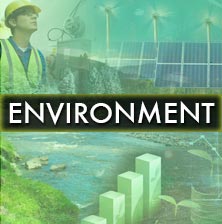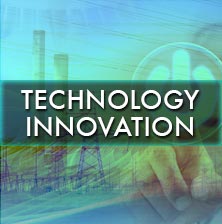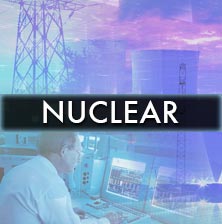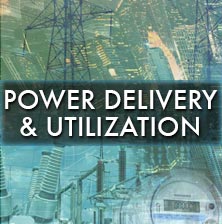The following is a small selection of items recently published by EPRI. To view complete lists of your company-funded research reports, updates, software, training announcements, and other program deliverables, log in at www.epri.com and go to Program Cockpits.

This report introduces the concept of water footprint—a measure of water consumed to make a product—and how it relates to water risk analysis and management. It also examines the business case for water risk analysis and management in the electric power sector.

There is a growing body of species and other environmental data from citizen science (scientific research conducted by people not professionally trained as scientists). This report discusses citizen science, uses in academia and government, and potential benefits and risks of the data.

The U.S. Environmental Protection Agency’s Clean Power Plan requires states to create plans explaining how they would comply with mandates for power plants to reduce carbon dioxide emissions. This report examines compliance options in Kansas’ state plan, using results of EPRI’s U.S. Regional Economy, Greenhouse Gas, and Energy model.

While many power plants use coals that have been cleaned to reduce ash and sulfur, they require additional cleaning of gaseous emissions to achieve the near-zero emissions that may be required in the future. This research evaluated whether three promising pre-combustion coal cleaning technologies combined with flue gas cleaning could achieve near-zero emissions consistently and cost-effectively. The focus was on bituminous coal.

This annual conference focuses on low-level radioactive waste management at nuclear power plants, low- and intermediate-level liquid and solid radioactive waste operations, and shipping and disposal of radioactive waste. Prospective authors are invited to submit abstracts for original papers.

Established in Wilsonville, Alabama by the U.S. Department of Energy, the National Carbon Capture Center tests advanced carbon capture technologies for combustion and gasification in coal-fired power plants. This report discusses 2016 test activities with technologies such as solvents, sorbents, catalysts, and membranes for pre- and post-combustion capture.

This report outlines a specification to help utilities procure drones (also known as unmanned aircraft systems) for transmission structure inspections, covering platforms, payloads, ground stations, inspections, and deliverables. The report also discusses the results of field tests on the performance of drones as they inspected energized power lines.

This study explores opportunities for meeting climate goals through international partnerships for emissions trading, examining the implications and benefits for society.

This report provides a two-year update on EPRI field demonstrations with 20 utilities to test technologies for enabling an integrated grid, along with top 10 lessons.

Recent nuclear industry initiatives have focused on “value-based maintenance” which factors reliability and cost considerations. To support this, EPRI is developing two web-based tools—one that enables users to view historical work order data on equipment and one that enables users to input cost and reliability considerations to customize maintenance strategies. This document is a brief description of the project.

This is a brief description of EPRI's Standardized Task Evaluation Program, which provides nuclear plant owners and workforce providers with a streamlined process to qualify supplemental workers on many tasks.

EPRI’s Risk and Safety Management Program develops risk-assessment methods and tools to advance safe, cost-effective nuclear plant operations. This product is a list of Risk and Safety Management publications organized by topical area.